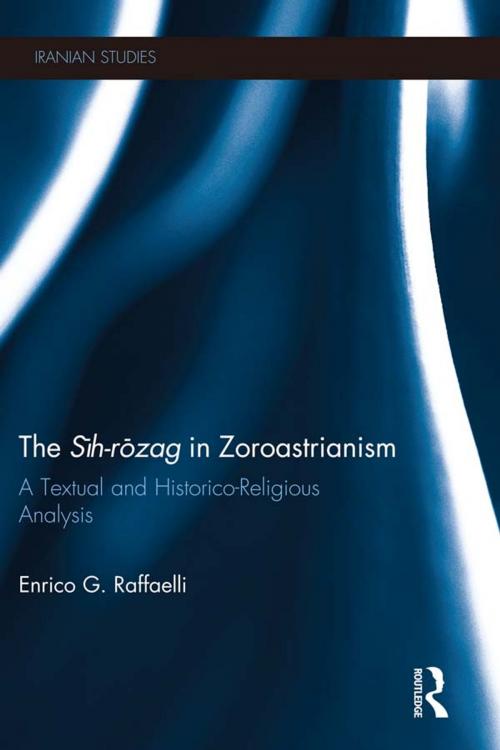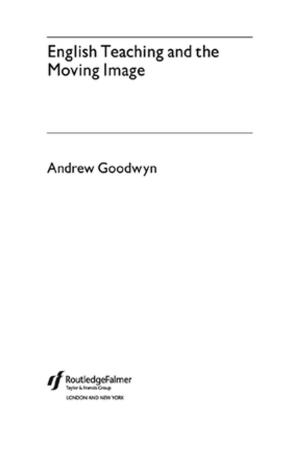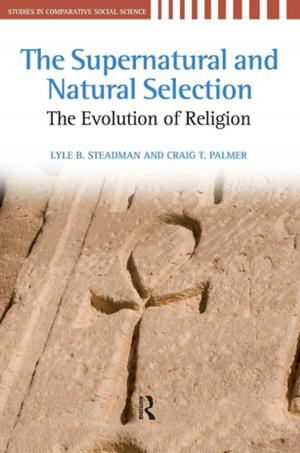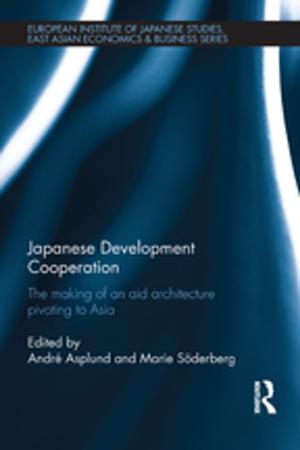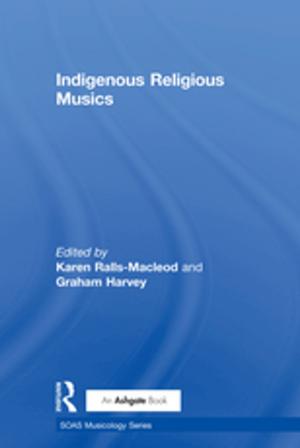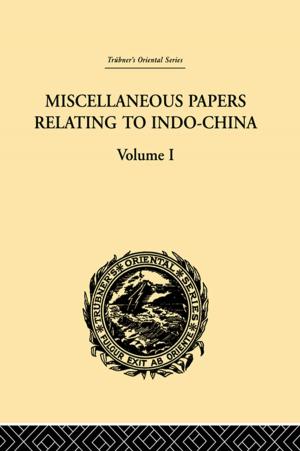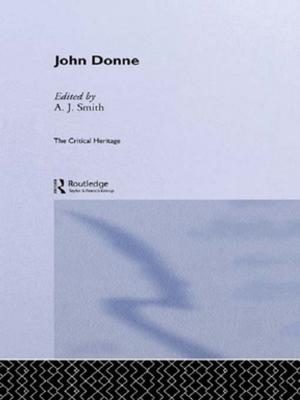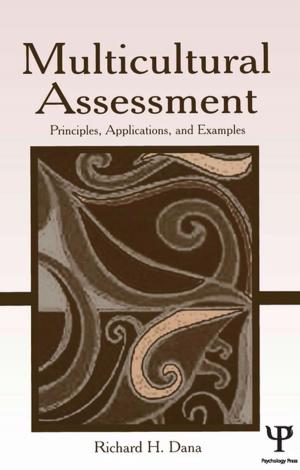The Sih-Rozag in Zoroastrianism
A Textual and Historico-Religious Analysis
Nonfiction, Religion & Spirituality, Middle East Religions, Zoroastrianism, Social & Cultural Studies, Social Science| Author: | Enrico Raffaelli | ISBN: | 9781317913603 |
| Publisher: | Taylor and Francis | Publication: | January 10, 2014 |
| Imprint: | Routledge | Language: | English |
| Author: | Enrico Raffaelli |
| ISBN: | 9781317913603 |
| Publisher: | Taylor and Francis |
| Publication: | January 10, 2014 |
| Imprint: | Routledge |
| Language: | English |
Focusing on the Avestan and Pahlavi versions of the Sīh-rōzag, a text worshipping Zoroastrian divine entities, this book explores the spiritual principles and physical realities associated with them.
Introducing the book is an overview of the structural, linguistic and historico-religious elements of the Avestan Sīh-rōzag. This overview, as well as reconstructing its approximate chronology, helps in understanding the original ritual function of the text and its relationship to the other Avestan texts.The book then studies the translation of the text in the Middle Persian language, Pahlavi, which was produced several centuries after its initial composition, when Avestan was no longer understood by the majority of the Zoroastrian community.
Addressing the lacuna in literature examining an erstwhile neglected Zoroastrian text, The Sih-Rozag in Zoroastrianism includes a detailed commentary and an English translation of both the Avestan and Pahlavi version of the Sīh-rōzag and will be of interest to researchers and scholars of Iranian Studies, Religion, and History.
Focusing on the Avestan and Pahlavi versions of the Sīh-rōzag, a text worshipping Zoroastrian divine entities, this book explores the spiritual principles and physical realities associated with them.
Introducing the book is an overview of the structural, linguistic and historico-religious elements of the Avestan Sīh-rōzag. This overview, as well as reconstructing its approximate chronology, helps in understanding the original ritual function of the text and its relationship to the other Avestan texts.The book then studies the translation of the text in the Middle Persian language, Pahlavi, which was produced several centuries after its initial composition, when Avestan was no longer understood by the majority of the Zoroastrian community.
Addressing the lacuna in literature examining an erstwhile neglected Zoroastrian text, The Sih-Rozag in Zoroastrianism includes a detailed commentary and an English translation of both the Avestan and Pahlavi version of the Sīh-rōzag and will be of interest to researchers and scholars of Iranian Studies, Religion, and History.
